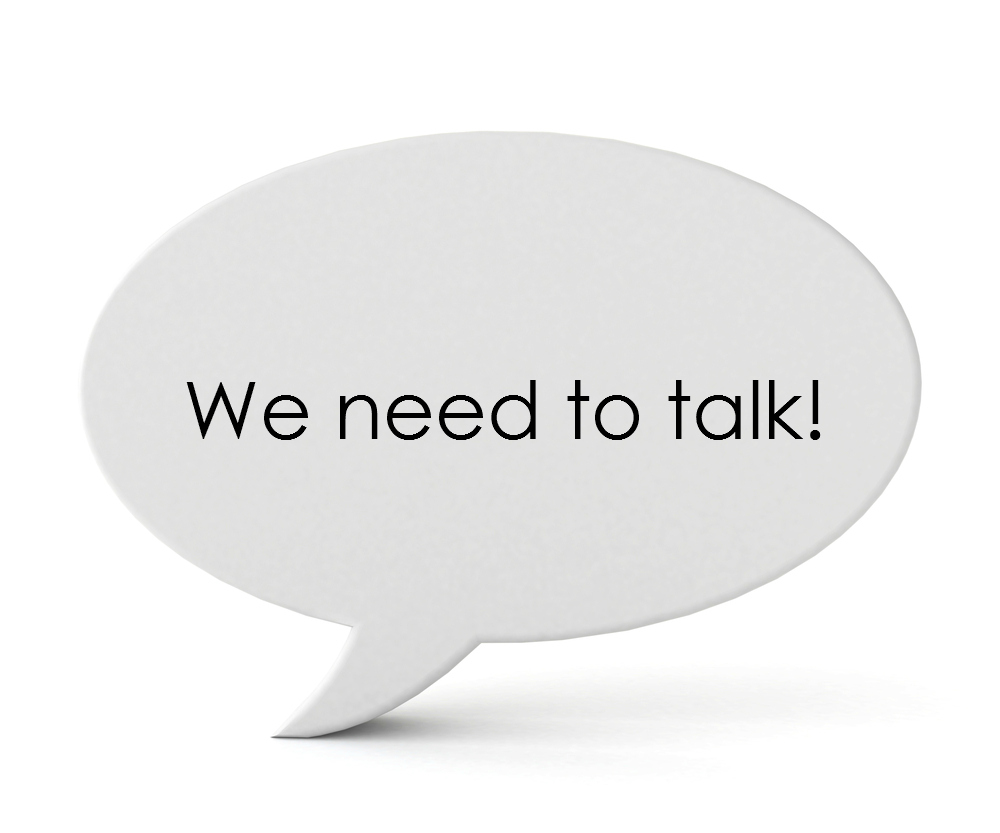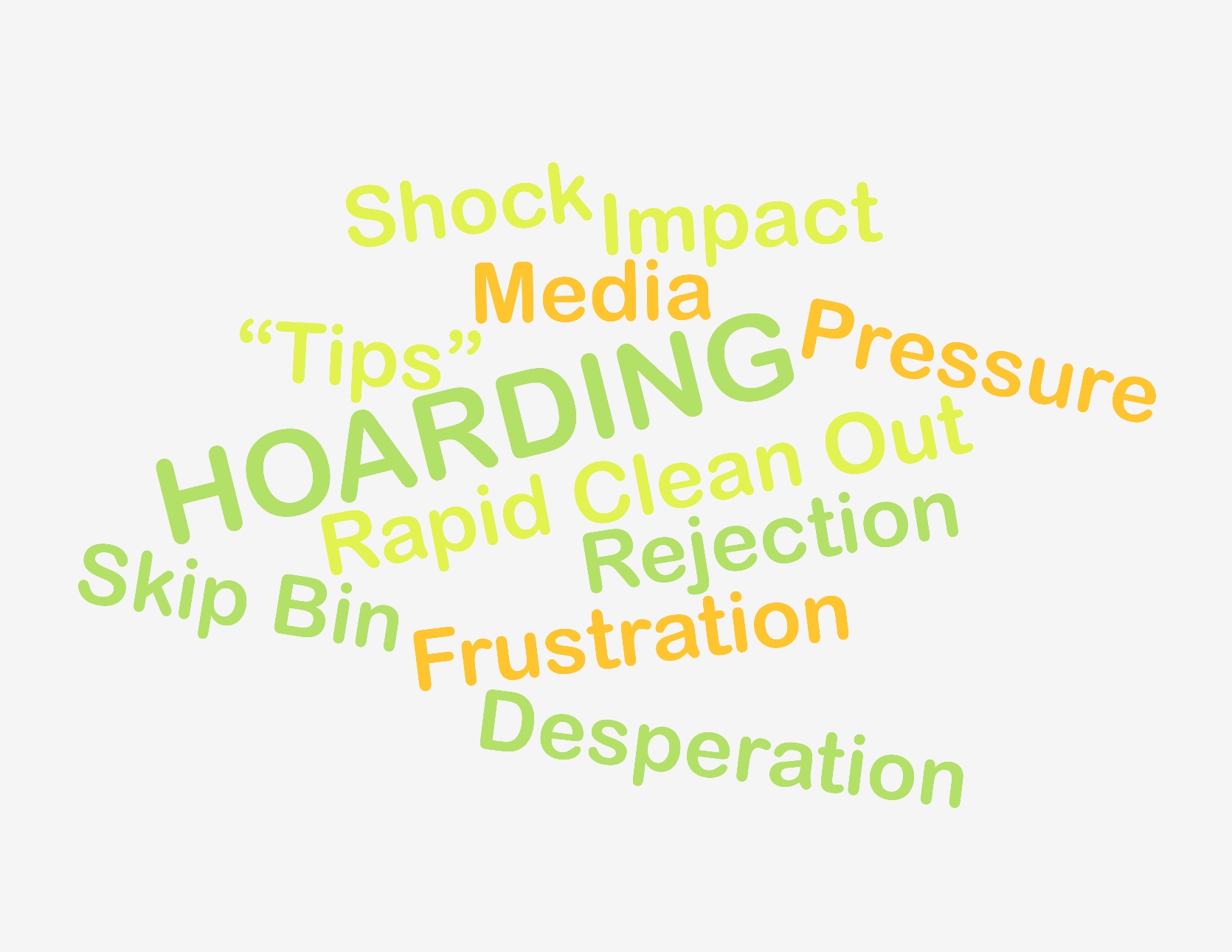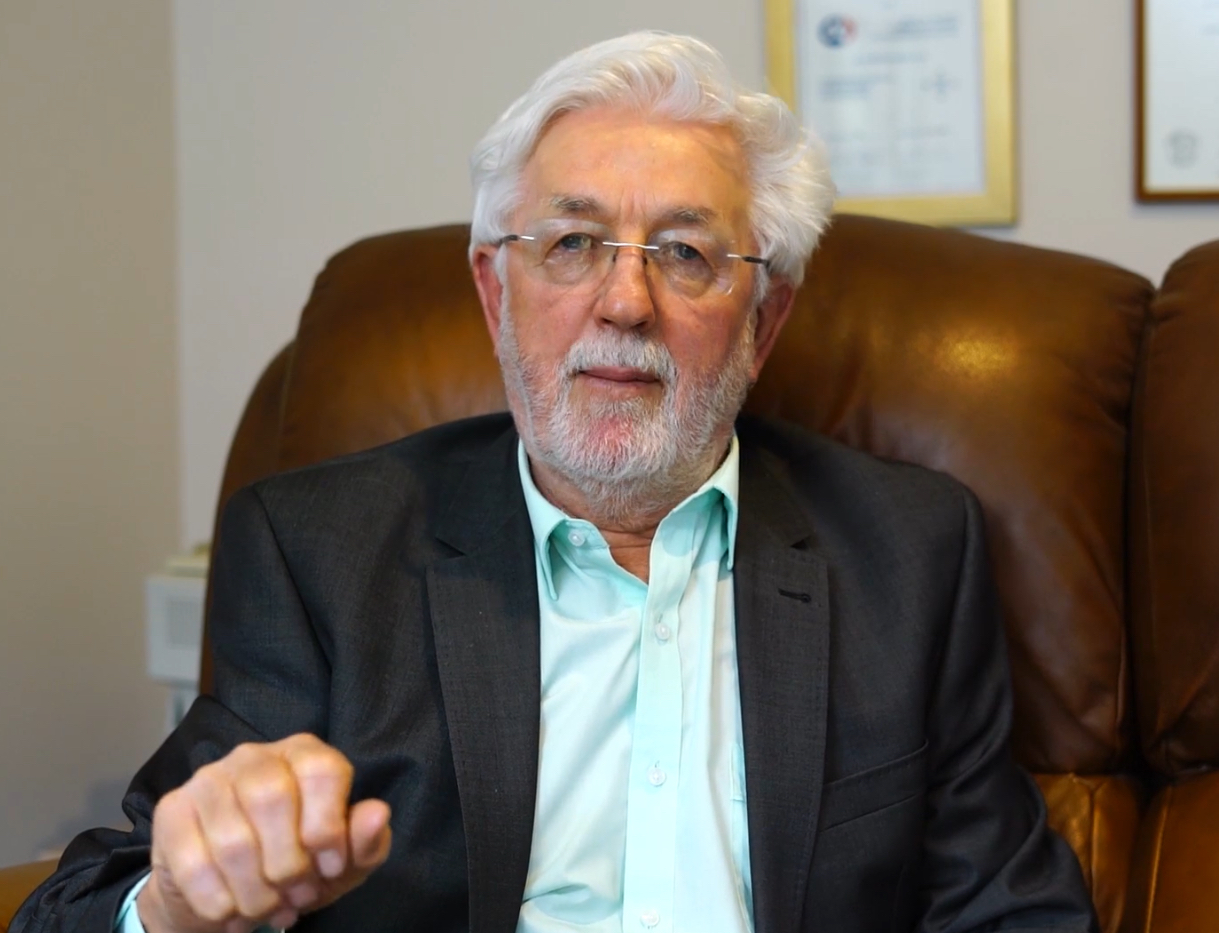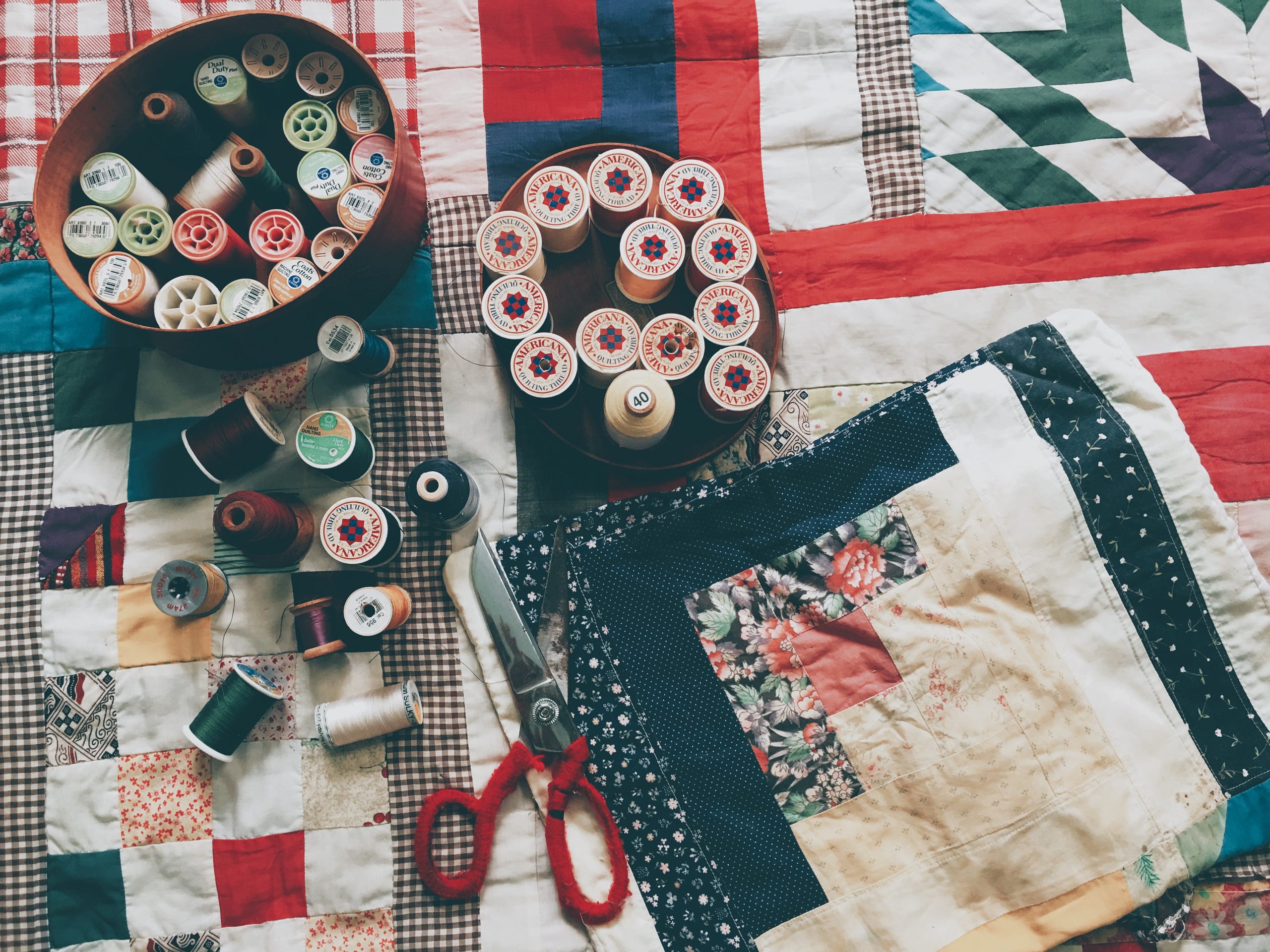You can make progress during COVID restrictions, even though you may not be able to work with people in their homes. You don’t need to wait until you can go into someone’s home to start addressing hoarding and squalor issues.
Many people think that resolving a hoarding situation starts with rolling up your sleeves and getting rid of the accumulated clutter. In reality, the most important work is done before any discarding action takes place. Hear our suggestions for step one – building a respectful and trusting relationship.
Watch the Video
Download the Tips
Learn more about the Training
Follow this link to check out our online training.
Watch Part 2 & Part 3 of this Making Progress During COVID video blog series.
Transcription of the Video
AE: Hi I’m Angela.
WH: And I’m Wendy. We are coming to you from Melbourne, Victoria where we are under tight Covid restrictions. We want to share with you what is working with our own clients. And also, what we are teaching DHHS Victoria Housing Service Officers who are supporting their tenants remotely. Under current restrictions we aren’t able to work with people in their homes. But, you don’t need to wait until you can go into someone’s home to start addressing hoarding and squalor issues.
AE: Many people think that resolving a hoarding situation starts with rolling up your sleeves and getting rid of the accumulated clutter. In reality, the most important work is done before any discarding action takes place.
Anxiety is a core component of hoarding disorder and we are currently living in very anxiety producing times. In this video blog we look at Building a respectful, trusting relationship.
Working with a person who hoards, whether it is a client or a loved one, can be challenging. But without a trusting and respectful relationship it is nearly impossible. In some ways, the current situation allows us the space to re-establish these relationships without the immediate burden of being confronted with the other person’s physical stuff. Or their fear that we’ll sneak their stuff out. It is an opportunity to restore balance in the relationship and acknowledge the person as a whole person.
A few years ago, we developed the Tips for Starting a Conversation fact sheet. The focus of the fact sheet is on building the relationship and evoking solutions from the client. For example, in Tip 6, we say:
Approach the conversation in a non-judgemental way. Show curiosity about their perspective and evoke their ideas for solutions. They may already have already thought of solutions but not have the confidence or the energy or the skills to carry them out. That’s where you can offer help. And you know, if someone comes up with their own solution, or is at least involved in the conversation, they are much more likely to get on board with a plan of action.
And Tip 20:
Ask “If you were to make a change, what would a first step look like?”
We suggest you download a copy of the Fact Sheet.
WH: During the pandemic our mode of contact has also changed, and we need to adjust accordingly.
Most of us are working and socialising via phone and video calls. It’s different from talking to people in person. You can’t rely on body language and other nonverbal clues we have come to take for granted. You have to rely a lot more on your listening skills and intuition.
This means that you will need to:
Give the person your full attention. When you’re on the phone it can be tempting to multi task, but listening intently aids understanding and shows respect. It is always obvious and off putting when the person on the other end of a call is tapping on their keyboard or wandering around their house doing chores.
You will need to listen for the tone and unspoken meaning behind words and ask for clarification. This is particularly true if you are hearing contradictions, like “yes, everything’s great. I’ve never been happier”. You might also use reflective listening, paraphrasing or summarising what you heard and asking if it is correct.
The third thing you can do is avoid interrupting or jumping in with solutions. For example, if they say, “I haven’t been taking the rubbish out because I’m nervous that the bin area has covid germs”. Don’t jump in with your own opinion about how and where germs can survive or solution of asking a neighbour to take it. Acknowledge their concern, state the importance of taking rubbish out regularly and ask them if you can brainstorm possible solutions.
Basically, be very patient and tuned in!
AE: Your hands are not tied. It is a great time to lay the foundation for future success. If you’ve done our online training you will know that the wellbeing of the person who is hoarding, and managing risk, is at the centre of everything we teach. We are all about meeting people where they are at and creating collaborative plans to keep them safe, healthy and comfortable. Building relationships is a key part of that.
Look out for our upcoming video blogs:
Identify Risks and Encourage Targeted Activities to Improve Safety.
Support, Motivation and Accountability








